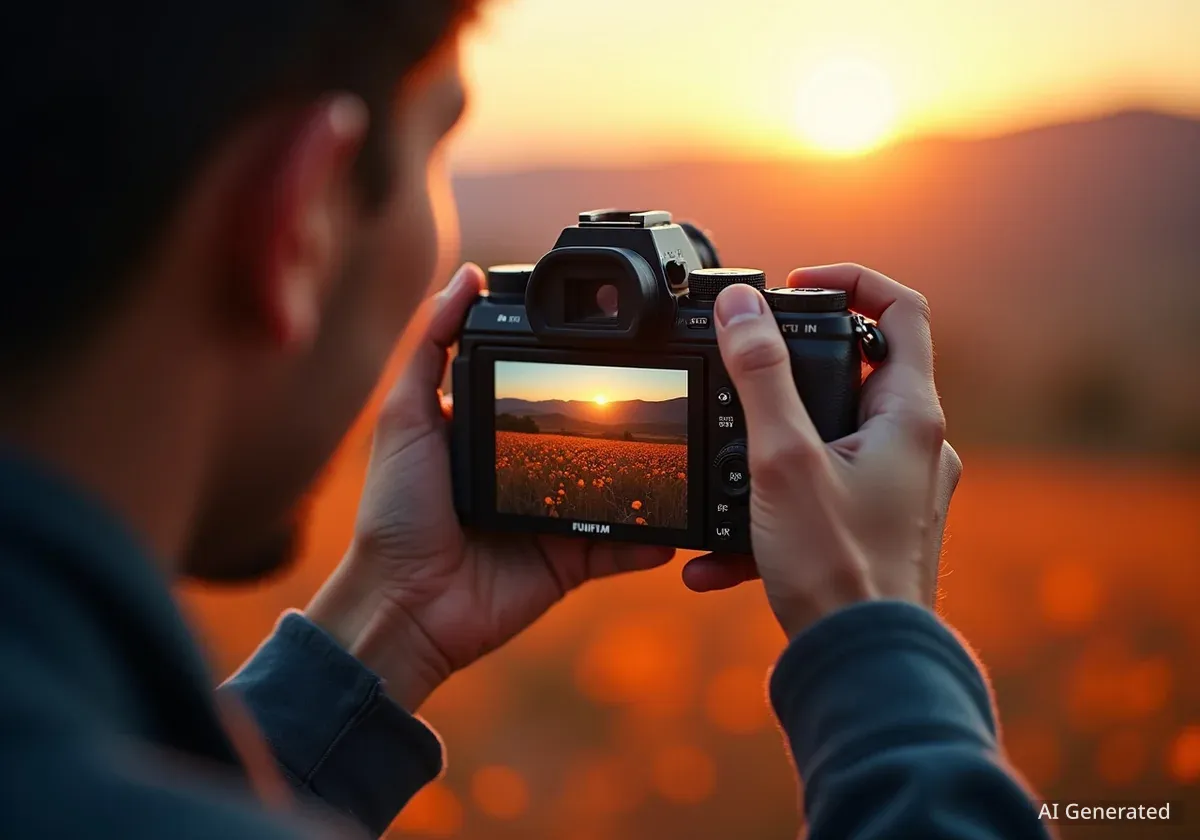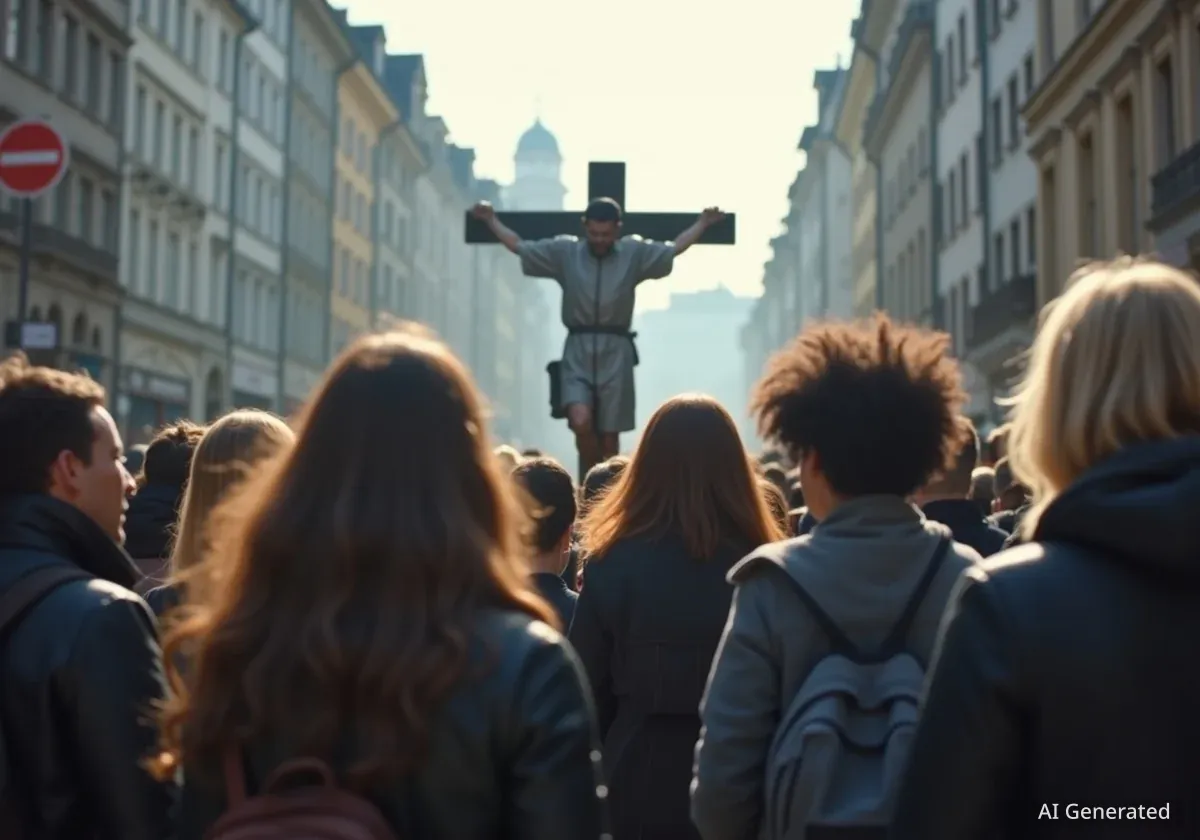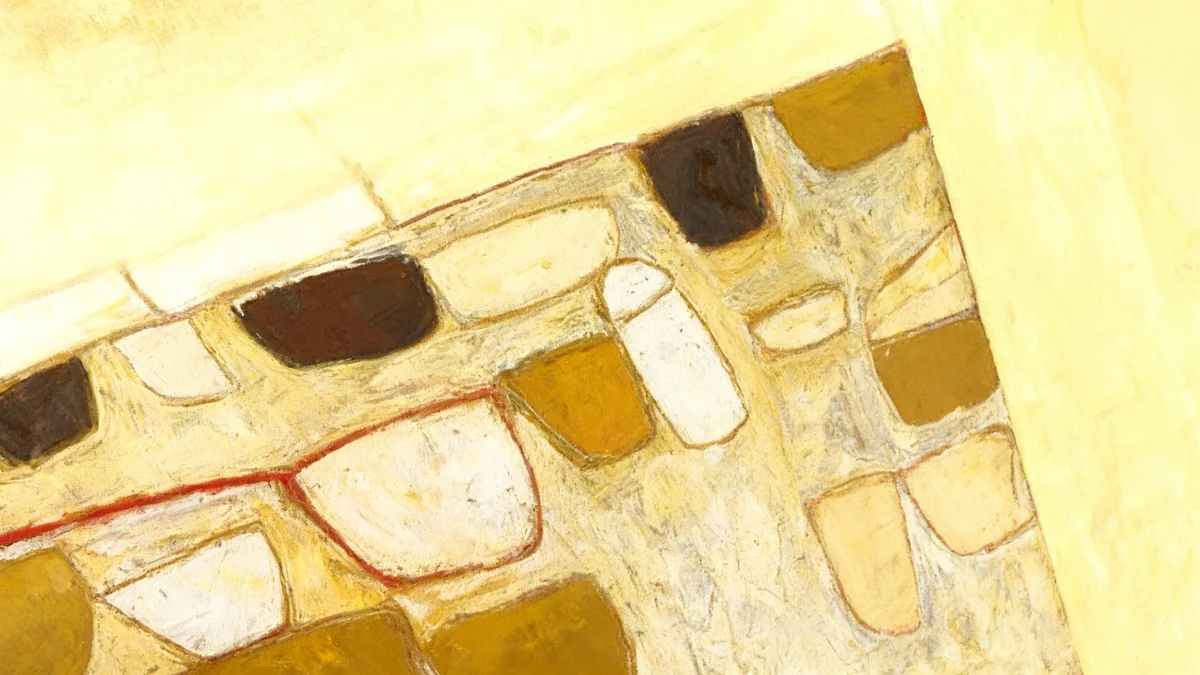The Fujifilm photography community recently showcased a diverse collection of images, emphasizing the impact of film simulations on digital photography. These photographs, shared across various Fujifilm user groups, highlight how specific in-camera settings can achieve distinct aesthetic styles, often mirroring classic film stocks. This initiative aims to shift focus from technical specifications to the creative output of Fujifilm cameras.
Key Takeaways
- Fujifilm users demonstrate the creative power of in-camera film simulations.
- Community engagement focuses on image quality over camera specifications.
- Popular simulations include Classic Chrome, Classic Neg, and custom recipes.
- Photographers share settings for achieving specific looks directly from their cameras.
- The initiative promotes artistic expression within the Fujifilm ecosystem.
The Power of Fujifilm Film Simulations
Fujifilm cameras are known for their unique film simulation modes. These modes replicate the colors and tones of traditional photographic films. This allows photographers to achieve a specific look directly from their camera's JPEG files, reducing the need for extensive post-processing. The recent image roundup featured photographs from users worldwide, each applying a different film simulation or custom recipe.
The community's focus on these simulations underscores a preference for artistic expression. It highlights how photographers prioritize the final image over discussions about camera hardware. This approach supports a philosophy where light, moment, and inspiration are more important than technical details like megapixels or autofocus speed.
Interesting Fact
Fujifilm introduced its first film simulation, Provia, with the FinePix S3 Pro in 2004. Today, modern Fujifilm cameras offer a wide range of simulations, including Velvia, Astia, Classic Chrome, and Classic Neg.
Community Contributions and Creative Recipes
Photographers from various Fujifilm user groups contributed to this collection. These groups include the Fujifilm Film Simulation Group, Fujifilm X-T Shooters Group, and Fujifilm X100 Shooters Group. Each submission provided details about the camera model, location, and the specific film simulation or custom recipe used.
For example, Emanuele shared an image from Venice, Italy, captured with a Fujifilm X100VI using the 'Last Summer Roll' recipe. Christopher Meteoras presented a shot from Greece, noting the use of Joe d’Agostino’s 'Summer' recipe on an X100F. This recipe involved Classic Chrome with specific white balance, highlight, shadow, color, and noise reduction settings.
"I like how it fitted with the atmosphere by the end of the day!" said Christopher Meteoras, describing his use of the 'Summer' recipe for a photograph in Greece.
Nicklas also contributed an image taken with a Fujifilm X-T1 and a 35mm f2 lens. His photo utilized a 'shortstache everyday filter' and the Classic Chrome simulation. He provided detailed settings, including white balance, highlight, shadow, and color adjustments. These examples show the diversity of creative approaches within the Fujifilm community.
Exploring Diverse Film Looks
The submissions demonstrated a wide array of film simulation applications. Julie E. used 'Pacific Blues' on a Fujifilm X-E5 for a foggy French countryside scene. Siddhant captured an image with an XT5 and 23mm f1.2 lens, applying the 'Tokyo Daze' recipe. Grzegorz presented a 'Classic Cuban Negative' shot from an X-T5 with a 23mm f2.0 lens.
These varied applications highlight the versatility of Fujifilm's in-camera processing. Users can achieve distinct moods and aesthetics without extensive external software. The direct-from-camera approach saves time and allows photographers to focus more on composition and lighting.
Background on Film Simulations
Film simulations are digital presets that mimic the characteristics of traditional photographic films. Fujifilm, historically a film manufacturer, leveraged its expertise to develop these digital equivalents. Each simulation has unique color science, contrast, and grain structure, providing a range of artistic options for photographers.
Custom Recipes and Their Impact
Many photographers do not just use standard film simulations. They also create and share custom 'recipes.' These recipes involve adjusting various in-camera settings like white balance, highlight and shadow tones, color saturation, and noise reduction. Jeff shared his 'Daydream Gold' recipe, based on Classic Chrome, noting its warm white balance shift for lush colors and robin's egg blue skies.
Lem, from Luzern, Switzerland, used a 'Portra 400' recipe on a Fuji X-E5 for a sunny day shot. Jess combined Classic Chrome and 'Kodak Gold 200' for her submissions. Dean introduced his new 'Italian Dream' recipe. These custom settings offer an even greater degree of personalization, allowing photographers to fine-tune their images to a specific vision.
- Jeff's "Daydream Gold" Recipe: Classic Chrome, warm white balance shift, -2 sharpness.
- Jeremy's "When in Rome" Recipe: Classic Negative, Grain Off, Color Chrome Effect Weak, White Balance Auto (Red +1, Blue -2), DR200, Highlight -1.5, Shadow 0, Color +3, Sharpness +1, Noise Reduction -3.
- Francesco's "Kodak Portra" Recipe: Classic Chrome, Grain Effect Weak, DR Auto, WB Daylight (R:+4 B:-7), Highlight -2, Shadow +1, Color +3, Sharpness -2, Noise Reduction -4.
Jeremy shared his 'When in Rome' Classic Neg recipe, detailing grain, color chrome effects, white balance, dynamic range, and other settings. Francesco provided a comprehensive 'Kodak Portra' recipe, based on Classic Chrome, for his Fuji XT4 images. These detailed recipe breakdowns allow other photographers to replicate or adapt these styles.
The Value of Visual Storytelling
The emphasis on sharing images and recipes reinforces the idea that photography is about visual storytelling. It moves beyond technical specifications, which can sometimes overshadow the creative process. The community's efforts demonstrate that the final image, with its unique colors and mood, is the ultimate goal.
According to Mariam, who used a Fujifilm X100VI, "I’m learning more every day, and it makes me happy. This camera is amazing, beautiful shots from today’s cafe." This sentiment reflects the joy and satisfaction many photographers find in creating aesthetically pleasing images with their Fujifilm cameras.
Sebastien shared his 'Real-Reala' recipe, emphasizing its simple yet effective approach for a rendering "as close as possible to reality" with clean, contrasting, and vibrant touches. This recipe, based on Reala Ace, includes specific white balance, dynamic range, and detail settings, showcasing the depth of customization available. Such sharing fosters a collaborative environment where photographers learn from each other's creative choices.
The Future of Image Sharing
This initiative of image roundups is expected to continue. It provides a platform for Fujifilm users to showcase their work and exchange creative ideas. By focusing on the art of photography, the community reinforces the importance of visual content in an increasingly digital world. This approach contrasts with a purely technical discussion, promoting a more holistic view of photography.




